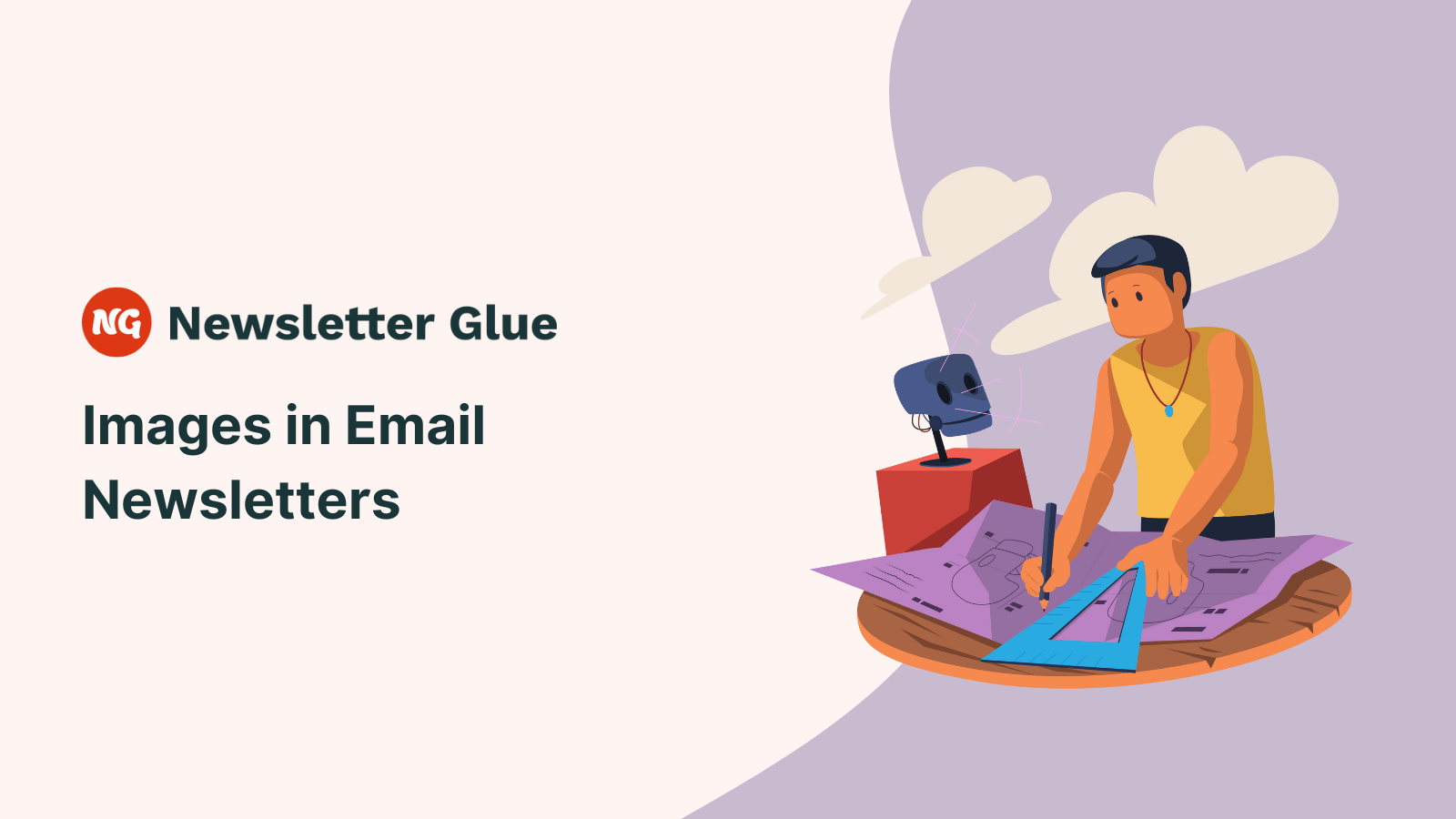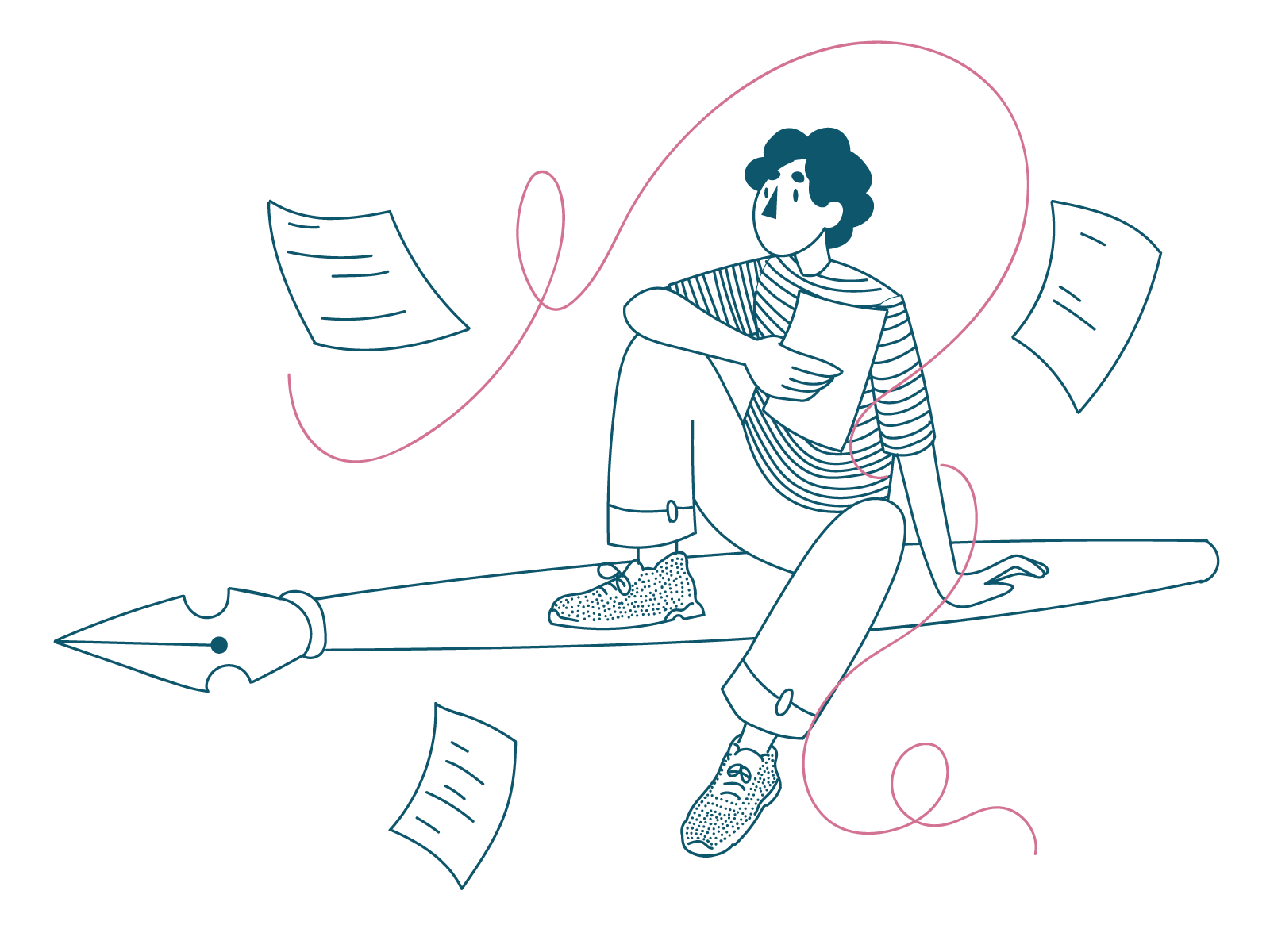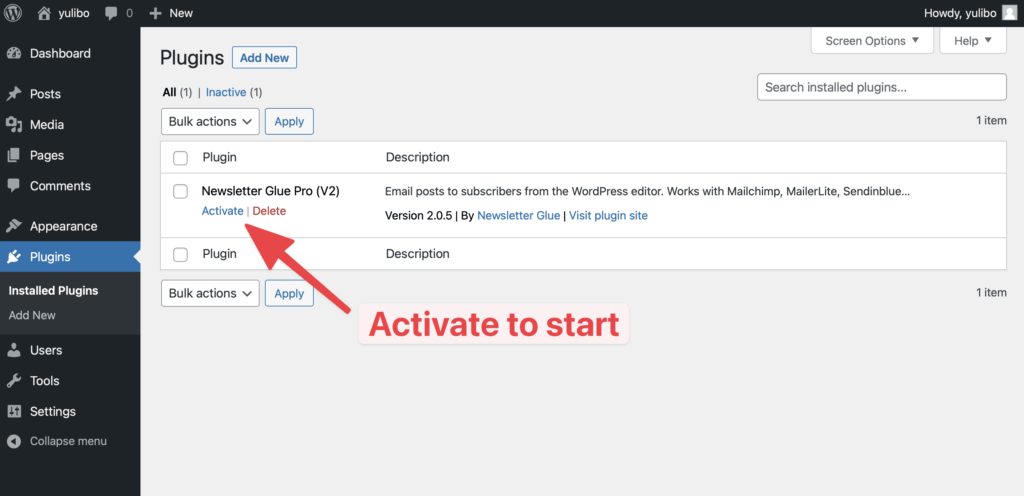Choosing to include compelling images in your email newsletter is a solid strategy.
Images are an important component of email newsletters. They help to grab the attention of the reader and make the content much more appealing too. A newsletter full of copy and links won’t drive the click-through rates you crave.
However, working with images in email newsletters can be challenging. There are several factors you must consider – such as file size, format, and placement.
In this guide, we’ll give you some useful tips for working with images in email newsletters. We’ll also cover how to optimise images for email and use them to enhance the design of your newsletter.
The importance of images in an email newsletter
According to the Visual Teaching Alliance:
- 90% of information transmitted to the brain is visual
- Visuals process 60,000X faster in the brain than text
- We can get the sense of a visual scene in less than 1/10 of a second
This tells us that using relevant images helps to pique your subscriber’s interests. They work to convey your message on an emotional level.
Over 50% of businesses report that visual content is essential to their marketing strategies. Eye-catching images entice your audience to continue reading. This all helps to encourage them to click on your call-to-action and convert.
Including images in your email newsletters can also help to reinforce your brand identity. Using your business logo or branded images helps readers to recognise and remember your brand.
7 best practices to follow when using images in email newsletters
Here are 7 best practices to follow when adding images to your newsletter.
1. Use high-quality images that are relevant to the content
Using high-quality and content-specific images is a vital factor in creating an effective and engaging email newsletter.
Enjoying this post?
Don't miss the next one.
Subscribe to get our latest product updates and blog posts.

Aim for a resolution of 72 dpi at minimum, and choose images relevant to your content’s message. It’s best to avoid stock images that feel too generic. You’ll need to compress your images, but we’ll dive into this shortly.
2. Be mindful of copyright and licensing
Using copyrighted images without permission or proper licensing can result in legal issues and fines. The result can be costly and damaging to your business’s reputation.
Make sure you use royalty-free images from websites that offer commercial use. Sites like Pexels and Unsplash are free to use without attribution. Before using any image, make sure to read and understand the licensing agreement. Some images may have restrictions on their use, such as prohibiting commercial use.
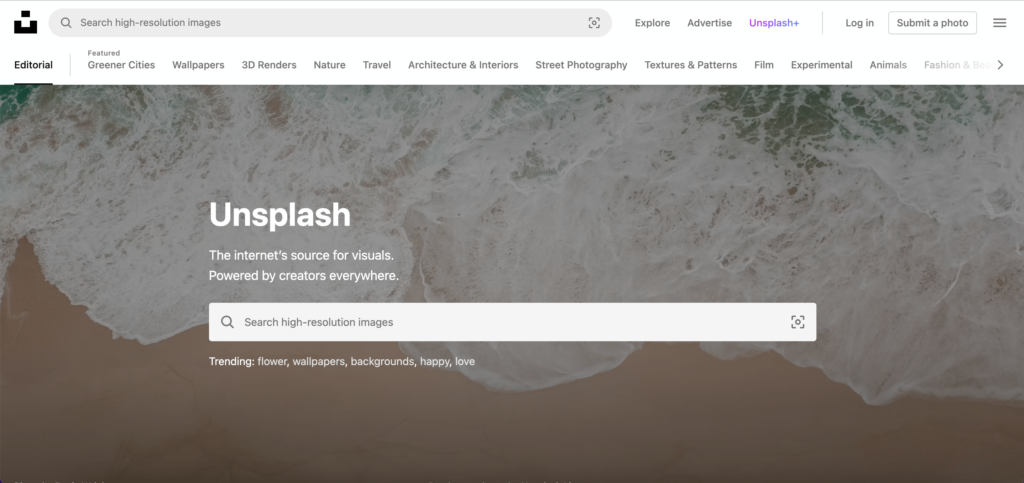
Consider creating your own images or graphics. This approach avoids copyright issues and makes your content more unique and personalised.
3. Choose the correct format
You can use JPG, PNG, or GIF images in your email newsletter:
- JPG – Use the JPG format for photos and to save space in an email. JPGs are usually fine for photos, graphs, and complex multi-coloured images. JPG files are lower quality than PNG or GIF.
- PNG – Use this format for high res images that contain text, layered images, or screenshots. You don’t lose any detail or clarity during compression, but PNG file sizes do tend to be larger than the other types.
- GIF – Use GIFs in emails for simple images without too many colours. A smaller file size than PNG for animations, GIFs also support a smaller colour palette than their other file-type counterparts.
The best practice for choosing the best format is to seek a balance between quality and image file size.
4. Compress images to reduce file size and loading times
Compressing your images before embedding them into your newsletter is key. Large file sizes take an age to load – so your recipients might not continue reading.
Free websites like Compress PNG and Optimizilla will quickly take care of your image compressing for you – while helping to retain quality. You could also scale them down using HTML if you’re coding your emails from scratch.
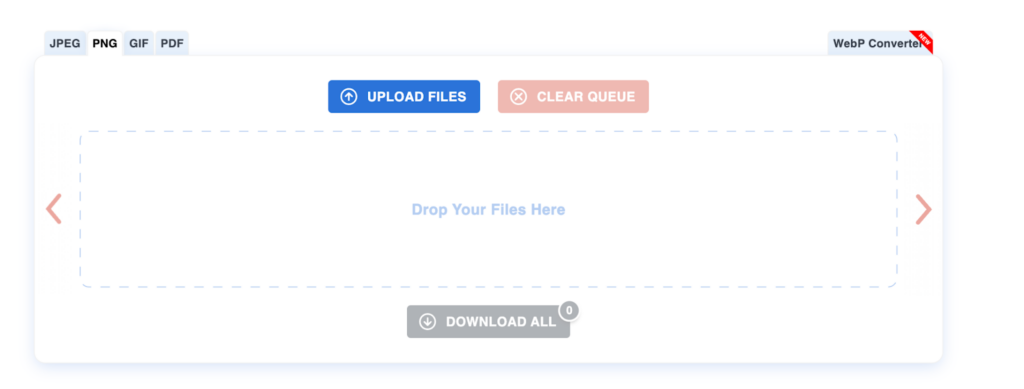
5. Balance text and images for visual appeal
A visually appealing newsletter has a balance of text and images. It also helps to improve email newsletter open rates. Finding the right balance creates an engaging and easy-to-read newsletter.
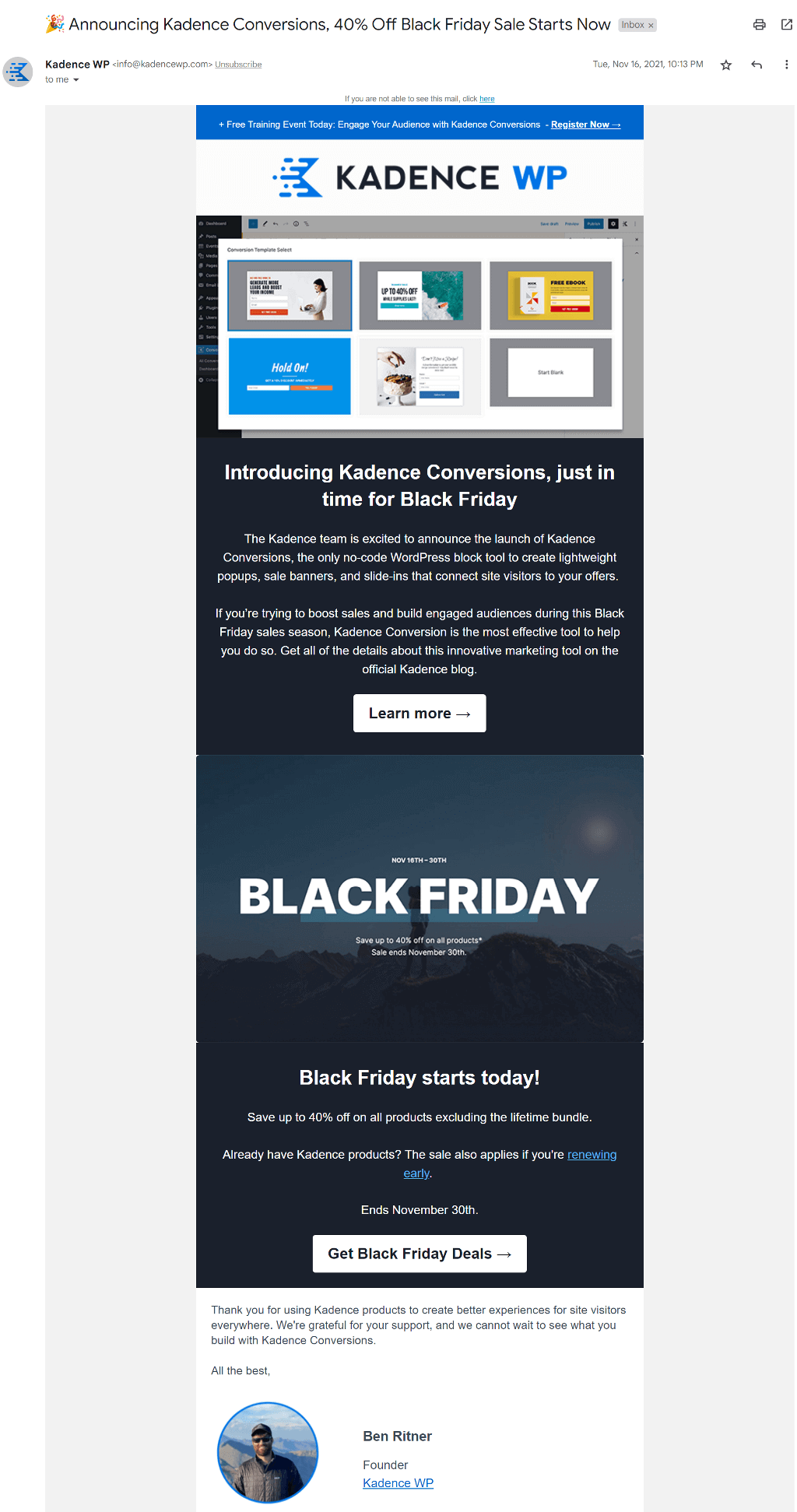
Here are some tips to make this work:
- Images to break up text – Strategically placed images break up large blocks of text. Drawing your subscribers’ eyes to important points and adding visual interest.
- White space – Use whitespace to create separation between your text and images. Making your email easier to read and helping to emphasise important points.
- Short paragraphs – For more digestible content and improved engagement.
- Headings and subheadings – This organises your content and makes it easier to skim. Your subscribers can quickly find the information they’re looking for.
- Consistent layout – Create a sense of visual cohesion. This will help to make your email newsletter more visually appealing and easier to read.
6. Add ALT text to improve accessibility
It’s essential to add ALT text to your email newsletter images for accessibility purposes. Or for when images are not displaying. Visually-impaired users have screen readers to assist them when accessing emails. Adding informative ALT text to your newsletter images enables the screen reader to pick it up.
To keep it concise, ALT text should be short, to the point, and convey the essential information about the image in a few words. Using relevant content keywords can also help to improve your newsletter’s SEO.
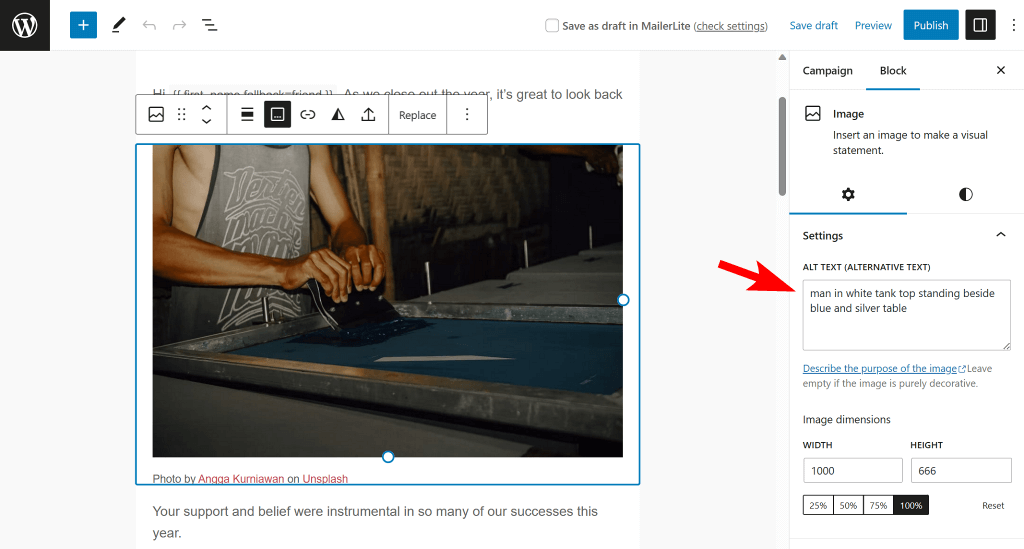
7. Test your images across different email clients
This is an essential step in ensuring your email newsletter looks great and displays correctly.
Different email clients and devices can display images differently. So it’s important to ensure that your images are compatible with all of the most popular email clients.
- Use email testing tools – There are several email testing tools available that can help you test your email newsletter. Identifying any issues with your images and providing recommendations for fixing them. Check out Litmus, Mailosaur, and Mailercheck.
- Test across different devices – Experiment with it on desktop computers, laptops, tablets, and mobile phones. Different devices can display images in other ways. Follow this step to ensure your images look great on all devices.
- Send test emails – Send test emails to yourself and your colleagues to ensure that your email newsletter looks great – and functions correctly across different email clients and devices.
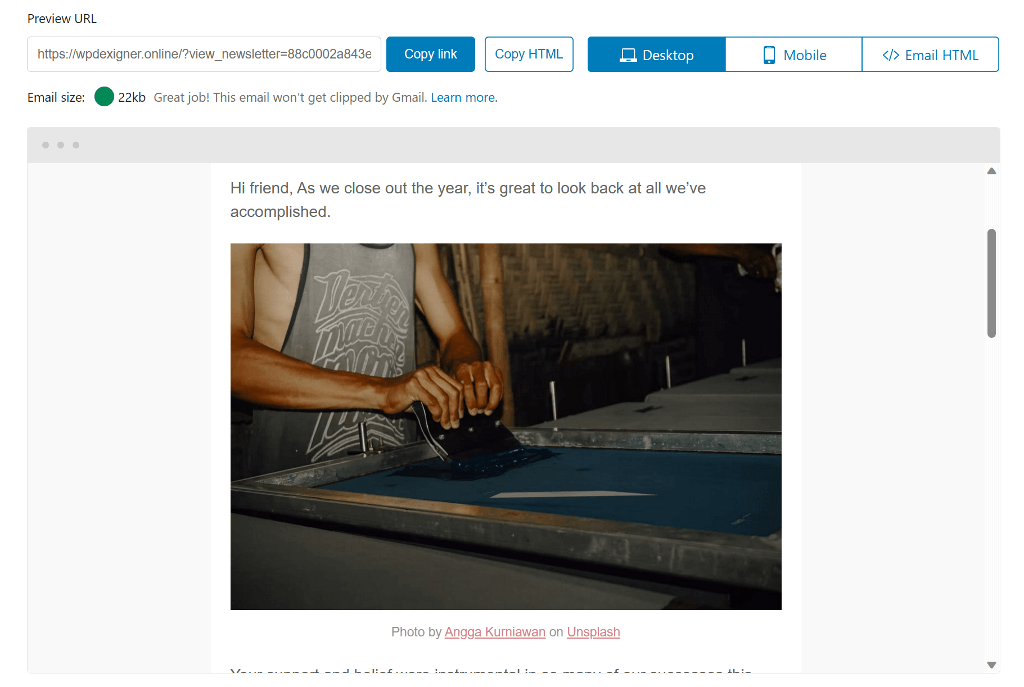
Where to find quality email images? (Free + Paid)
Pexels
Pexels is a free, popular online resource for free stock photos and videos. Their library of over 1 million high-quality images and videos is sourced from a global community. Pexels offers a user-friendly search function and an easy-to-navigate website, making it a great resource for finding images that are relevant to your content.
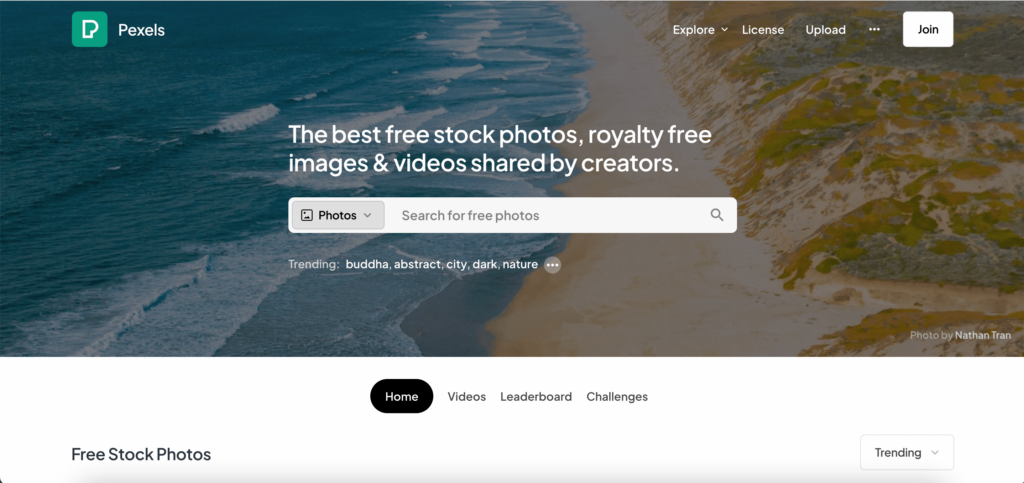
Canva
Canva is a free online design tool. Allowing users to create custom designs and graphics for various projects – including email newsletters. Canva has an extensive library of stock photos, illustrations, and intuitive design tools – making it simple to create eye-catching visuals.
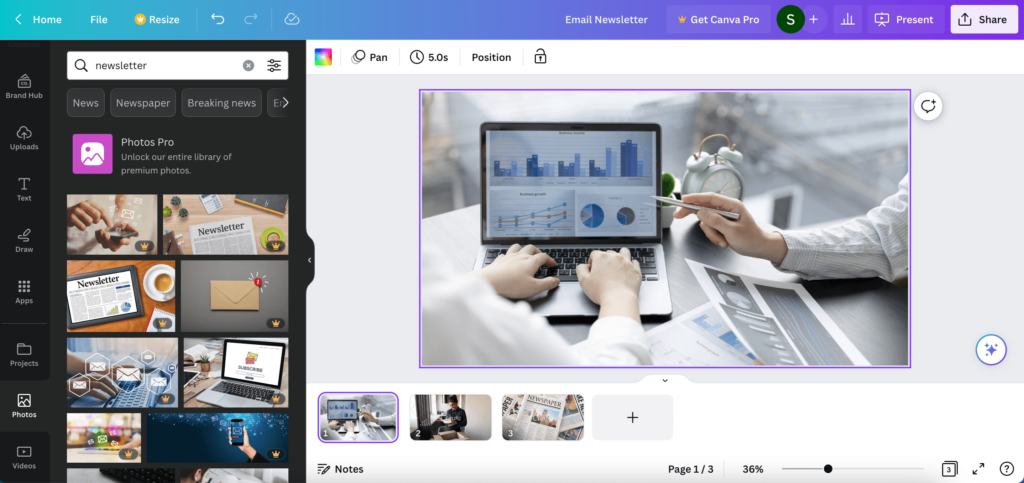
Shutterstock
Shutterstock Shutterstockis a paid platform with a library of over 330 million images and videos. Covering various themes and styles, their extensive library is a great image resource for those willing to pay.
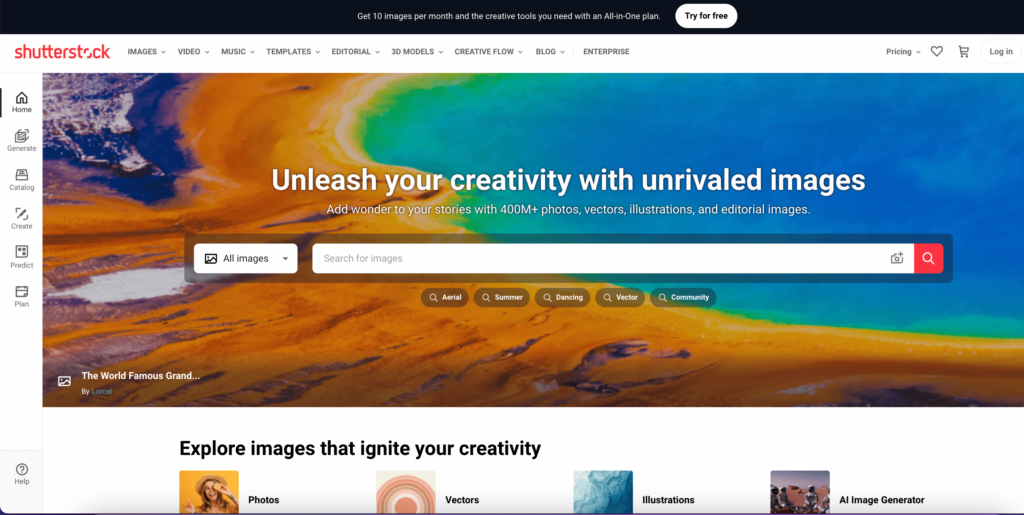
Adobe Stock
Adobe Stock is another paid stock photo website featuring millions of high-quality images, templates, and videos. The templates are designed to work seamlessly with Adobe’s creative tools.
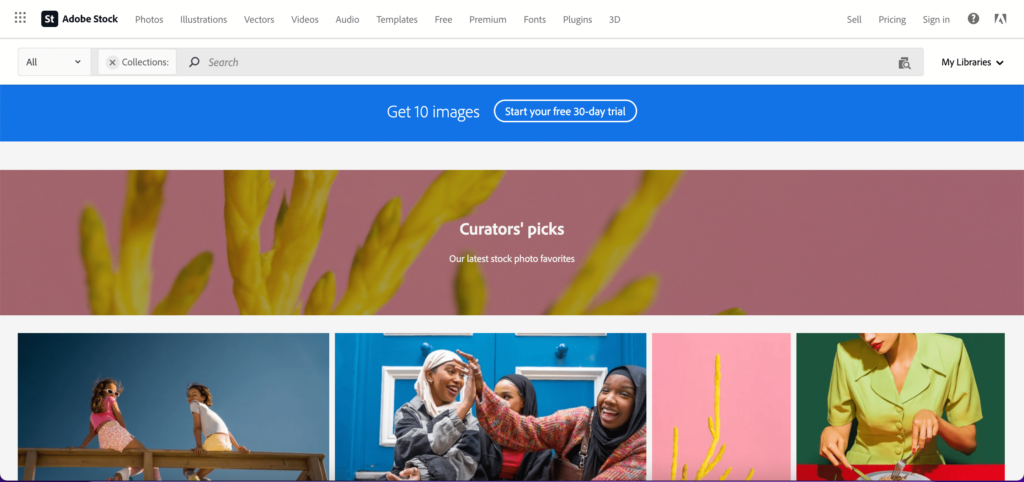
Wrapping up: Go forth and create compelling images
Using images effectively is an essential element of creating a successful email newsletter. Use the variety of online tools at your disposal to create, compress, test, and source images for your next email newsletter.
By choosing the best, optimised, and relevant images for your newsletter campaigns, your email will land with the most impact.
Next steps
How can Newsletter Glue help?
If you’re looking to make your email newsletters more engaging, why not check us out to save publishing time and grow revenue?
Newsletter Glue integrates your newsletter operations more closely into your existing publishing platform.
With us, you can build and publish your newsletters without leaving WordPress.
Seamlessly apply subscription, advertising, and growth strategies to your newsletters inside WordPress. Not something you can easily do when all your newsletters are hosted on your ESP. There’s a wealth of beautiful WordPress newsletter templates at your disposal, too.
- Request a demo – Get to know Newsletter Glue with a helping hand from our team.
- Visit our blog – Our team has created some great resources to help you get the most out of your email marketing.

